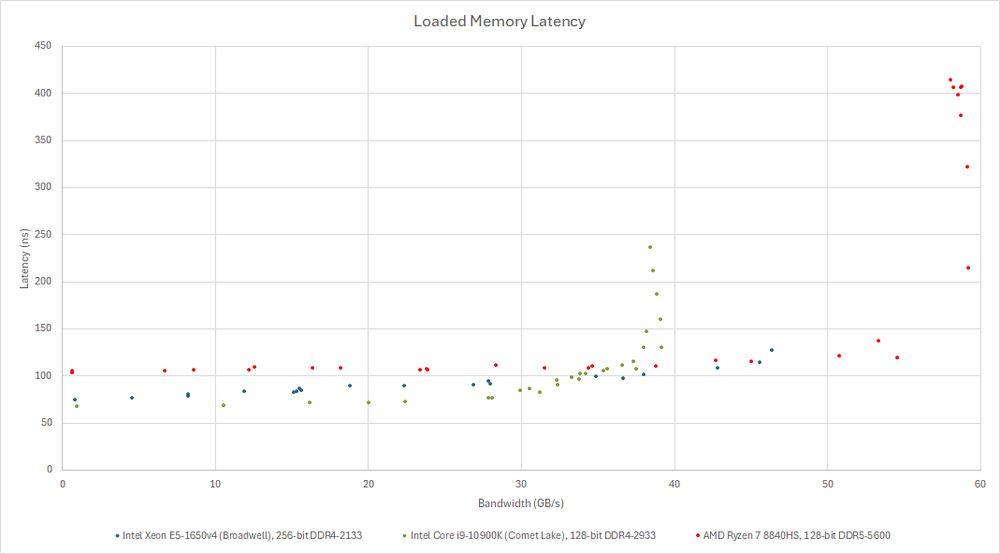Software engineer at Microsoft, opinions here are my own



Good start on AMD. I save ~4 or ~12 ns for scalar and vector accesses


Good start on AMD. I save ~4 or ~12 ns for scalar and vector accesses

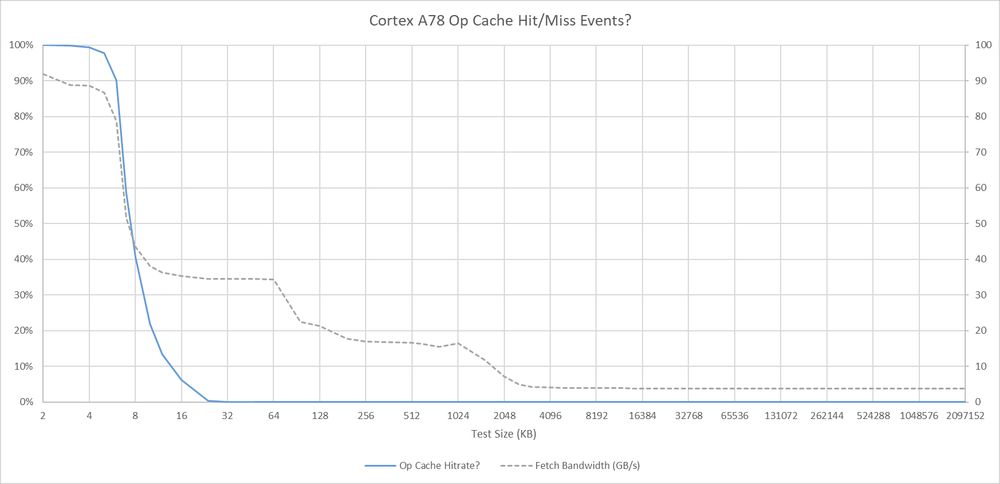

There's just not enough computing power available to get a good sample count while maintaining real-time performance. It's like setting ISO 102400 on a DSLR



There's just not enough computing power available to get a good sample count while maintaining real-time performance. It's like setting ISO 102400 on a DSLR
12.2 TB/s of L1 bandwidth, or ~214 bytes per Xe Core cycle
Theoretical is probably 256B/cycle. But close enough for now

12.2 TB/s of L1 bandwidth, or ~214 bytes per Xe Core cycle
Theoretical is probably 256B/cycle. But close enough for now
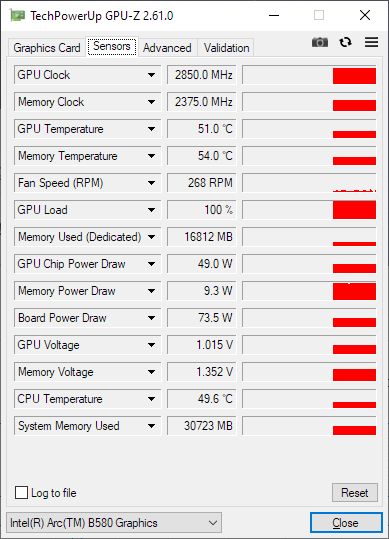

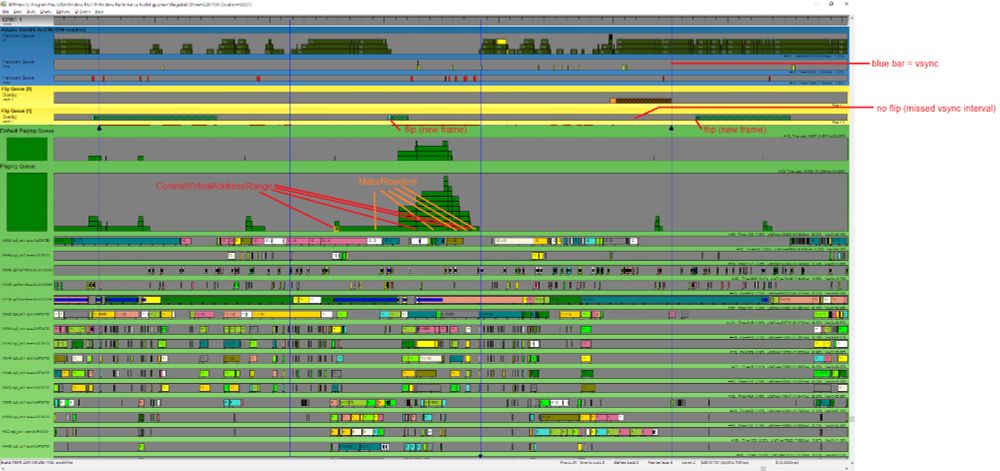

Here I'm testing OpenCL Shared Virtual Memory with a 256 MB buffer and only modifying one 32-bit value in it. Anything in the millisecond range implies the driver had to copy the entire buffer.

Here I'm testing OpenCL Shared Virtual Memory with a 256 MB buffer and only modifying one 32-bit value in it. Anything in the millisecond range implies the driver had to copy the entire buffer.
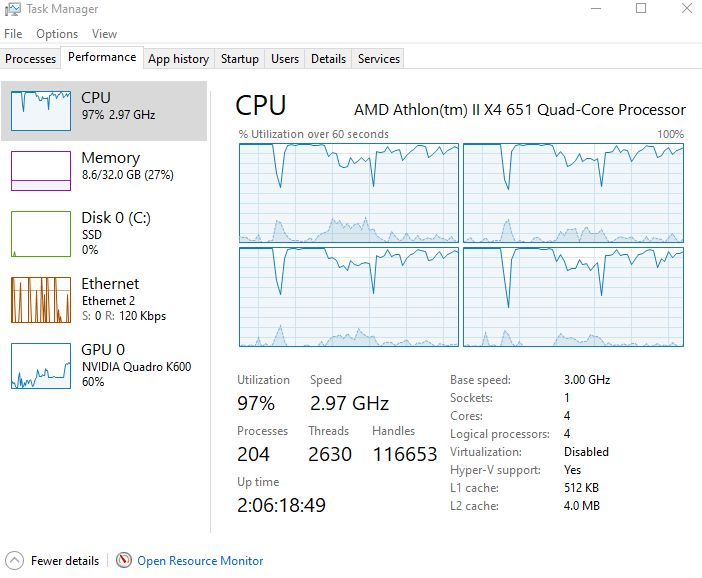

Zen 2 used eight bits, letting you select any combination of logical SMT threads within a CCX for L3 performance monitoring. More flexible, but would take too many bits with Zen 3's larger CCXes.
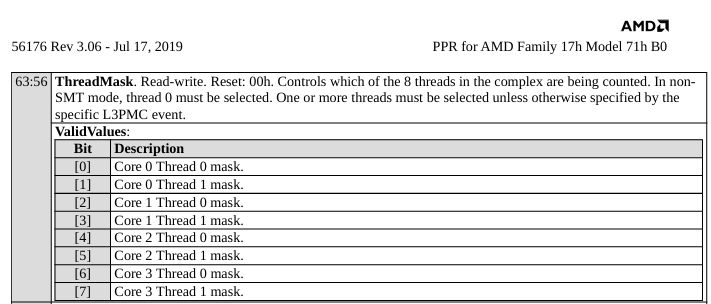
Zen 2 used eight bits, letting you select any combination of logical SMT threads within a CCX for L3 performance monitoring. More flexible, but would take too many bits with Zen 3's larger CCXes.
Of course this doesn't mean a 16 core CCX will show up, but it's interesting that AMD's laying the groundwork for it.

Of course this doesn't mean a 16 core CCX will show up, but it's interesting that AMD's laying the groundwork for it.
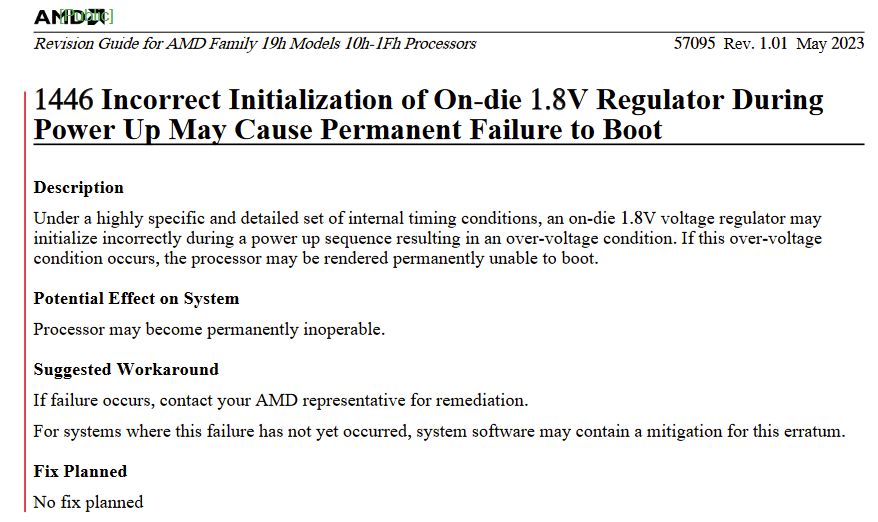
But if more cores demand maximum bandwidth, latency goes way up
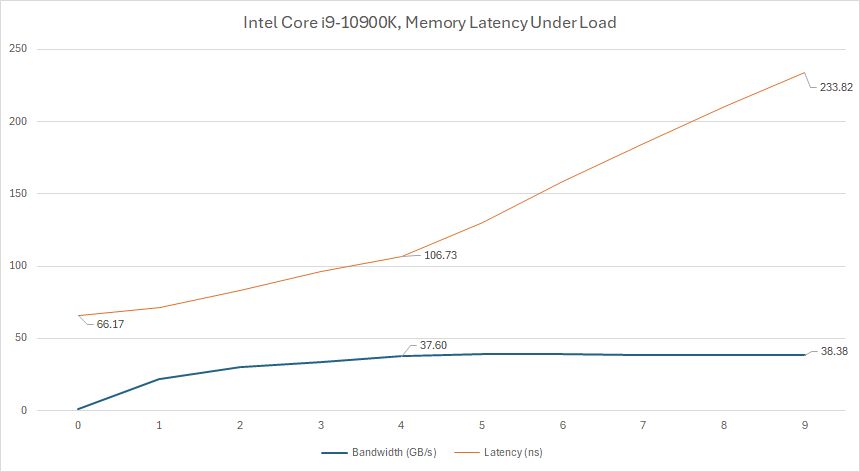
But if more cores demand maximum bandwidth, latency goes way up
